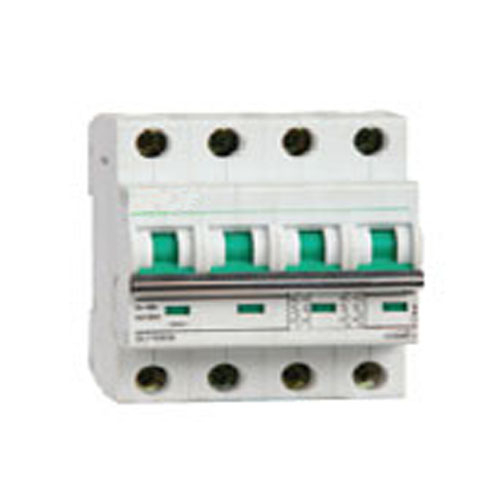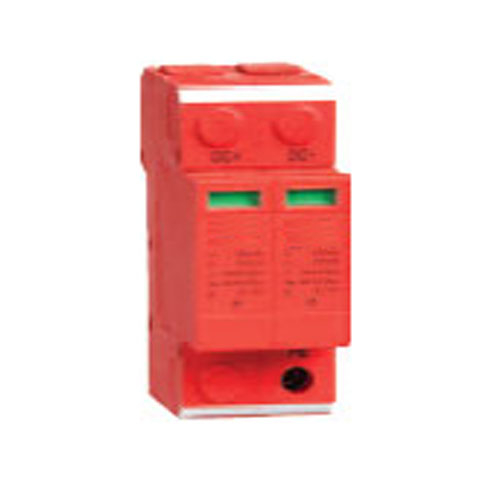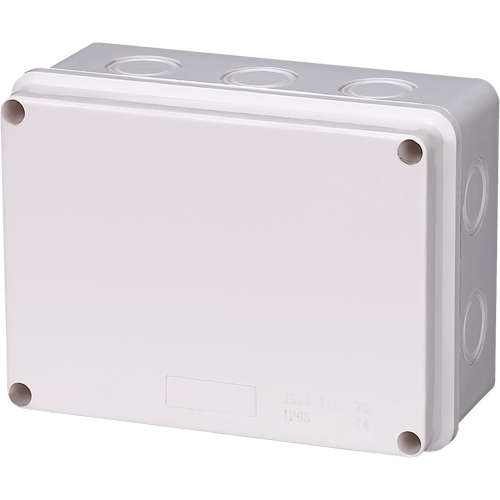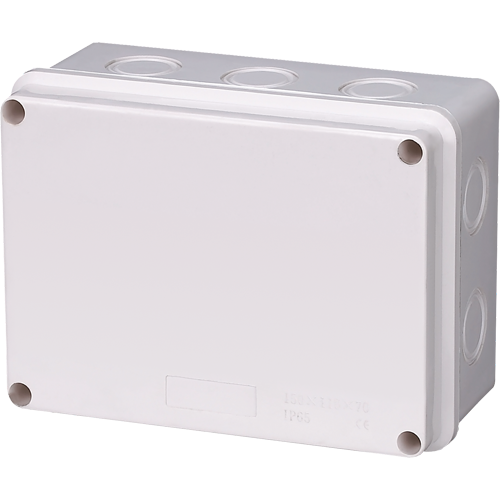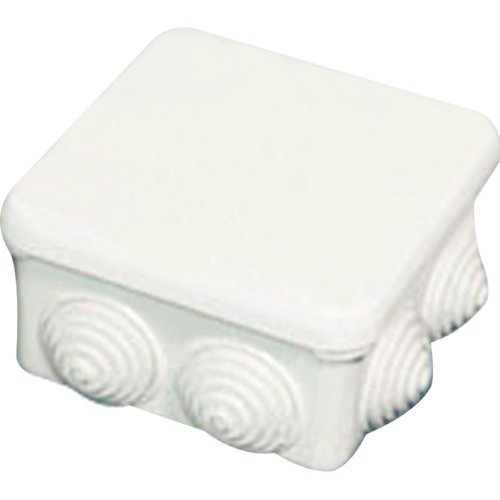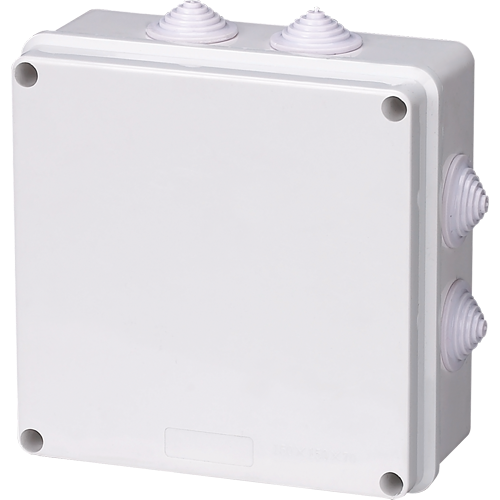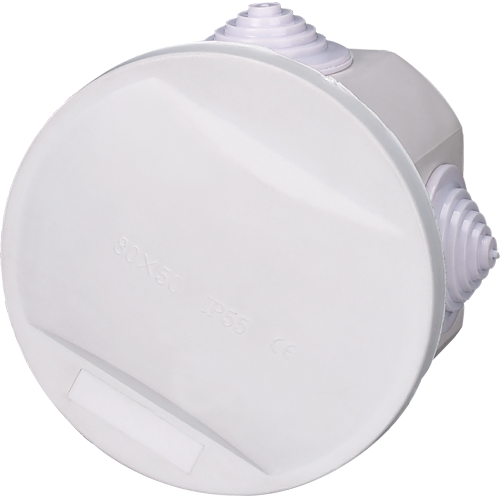A motor is protected against overheating from a continuous operation or an excessive load by an overload relay. It normally monitors the current flow through the motor and is positioned in the motor control center or a control panel.
The overload relay detects when the current flowing through the motor is more than its rated capacity and activates a switch to shut off the motor. This stops the motor from overheating and harming the wiring or other equipment.

How Do Overload Relays Operate?
A switch, a control circuit, and a current-detecting device are the standard components of an overload relay. When the current exceeds the rated capacity, the current-detecting device alerts the control circuit by monitoring the electric current flow through the motor.
The switch is then turned on by the control circuit, stopping the motor and preventing it from overheating further. Depending on the kind of relay and the application, the thermal overload relay can be reset either manually or automatically.
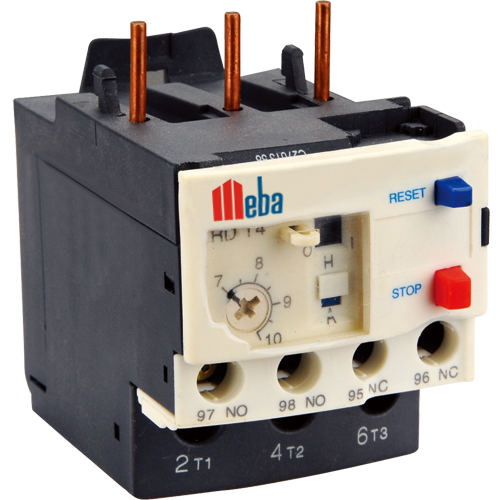
Why Are Relays Important in Overload?
For motors to run safely and effectively, overload relays are crucial. Overheating can harm the motor and the machinery it is powering, necessitating expensive repairs and downtime. Additionally, an overheated motor might cause a fire, risking the safety of anybody nearby. By keeping track of the current flowing through the motor and halting it when the current exceeds the rated capacity, overload relays assist in avoiding these risks. This not only safeguards the machinery and motor but also guarantees the security of those utilizing the electrical system.
Additionally, by keeping the motor from overheating and resulting in early wear and tear, overload relays can aid in extending the motor’s lifespan. This may save maintenance expenses and increase the equipment’s lifespan.
Conclusion
Follow us on Twitter


